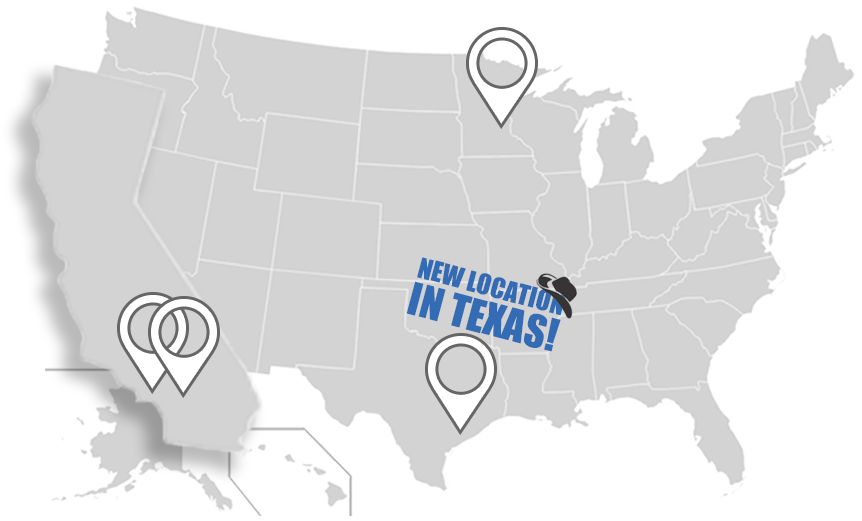
Suppliers are all too familiar with chargebacks. There are many reasons they might occur, such as not submitting the appropriate EDI transactions, sending the shipment behind schedule, not meeting packing specifications, and not correctly labeling a carton.
With a chargeback, the next payment made to the vendor is reduced. It could go down a flat amount or a certain amount per order, shipment, or box.
This problem is not going away. A 2018 survey from Supply Chain Digest found that 58% of vendors and 43% of retailers believed chargebacks would increase over the next five years. Just 21% of each group thought chargebacks would reduce over that period.
Since chargebacks are so common from retailers, it is critical for suppliers to consider how to minimize them. This article looks at methods to prevent chargebacks from occurring and how to fight them when they do happen.
How to prevent retail chargebacks
First, here are some steps toward prevention of chargebacks:
Designate a dedicated compliance specialist. Appoint a professional to try to get refunds with reference to your previous compliance record and efforts at improving your processes, as well as questioning chargebacks that are incorrect. Your compliance head should study issues to keep them from continuing; update your systems; distribute requirements to your staff; and go to vendor seminars and training sessions. This person should also be in touch with everyone in the supply chain, such as third-party logistics (3PL) providers.
Use electronic data interchange (EDI) to transfer data. When you send information manually, it is challenging to keep pace with all your customers, their locations, and all the various requirements. Through EDI, you can be sure that your data is correct, and you can benefit from a range of efficiencies (e.g., in pickup and delivery, invoices, and order processing). Make sure that you regularly test any EDI system that you use to verify that the data transfer is accurate.
Make sure all technology parameters are being met. You want to be certain that you are meeting all technology-related rules. Some of the top ones to consider are the following:
- Make sure that the retailer does not have any problems scanning labels upon receipt by maintaining your label printing equipment.
- Carefully review the bills of lading for special information and notes.
- Check that parts of barcodes are not being left off, so that they are completely scannable.
- Examine labels to ensure that unit and store codes have the right number of characters.
- Verify that packing lists have the correct data components that are required. Be certain that carrier PRO and SCAC numbers have the right number of characters and are in the right format.
- Make sure that the number of characters and format of the routing confirmation and load authorization numbers in the ASN and on the bills of lading are correct.
- Confirm that the right parameters are met for the barcode labels’ quiet zone margins.
- Be certain that the SKUs within the retailer’s system are aligned with those in your own system.
Know the retailer requirements, and keep abreast of any updates. Retailers vary on their rules. Know exactly what the requirements are for each one. Put systems in place that take all these retailer needs into account so that you can comply with each one. At least once a year, go through all these rules to make sure you are staying in tune with them. Often a retailer will not let its suppliers know when they make tweaks to their requirements – so it’s key to be proactive.
Make use of the Vendor Compliance Federation. This organization can help you greatly in staying compliant with all the requirements of various retailers. The VCF makes adjustments to their vendor and routing guides regularly. It has information for 155 of the biggest retail outfits within the data of its “compliance clearinghouse.”
Understand why chargebacks are occurring. Reasons for chargebacks include using the incorrect shipping provider, sending to the wrong shipping location, substituting products without authorization, and problems with the labeling (whether they’re non-scannable, erroneous, or missing). In order to mitigate the chargeback issue, you want to know when and where chargebacks are taking place, along with any other details related to them. Make sure you are tracking all chargebacks that occur so you can identify any minor problems before they develop into huge issues.
Determine how much chargebacks are costing you. Figure out a fair number that estimates the cost of your chargebacks. Once you have that cost calculated, you have a better argument for putting in place systems and individuals who can help keep this issue at bay. You can get some of the information you need from accounting, which should be providing information on chargebacks to the distribution center or to logistics. You will have a little more difficulty determining additional costs. If the retailer does not accept the shipment, your costs will include extending the cash cycle for a short period, re-palletizing the item, and the freight cost for the return.
Implement a warehouse management system (WMS). If you want to reduce human error and to be aligned with all retailer requirements, it is best to have a WMS system in place – especially if it is a Tier 1 WMS. If you want your shipping and order data to be consistent, full, and on-time, it’s important to be linked with your trading partners. You can minimize your chargebacks by having all your order fulfillment platforms – such as the WMS and ERP – integrated, and by streamlining your handling with automated data transmissions.
Partner with a 3PL service. You can improve the consistency of your compliance and documentation through a 3PL, which can assist with compliance as well as transportation, warehousing, and international shipping. Select a 3PL that has a proven ability to mitigate chargebacks and maintain compliance.
How to fight retailer chargebacks
Being able to dispute chargebacks means to first follow all the above methods for prevention. You want to keep all your routing guides and standards updated through steady tracking of their vendor compliance requirements. You want to work with a carrier network that is carefully selected to be able to follow all the standards and timing specifications of retailers.
When you want to fight chargebacks, you will need proof. That means keeping records of all your communications, timestamps, and freight documentation. You will also be greatly assisted by having a mediator on your side, as necessary, through a third-party logistics provider.

